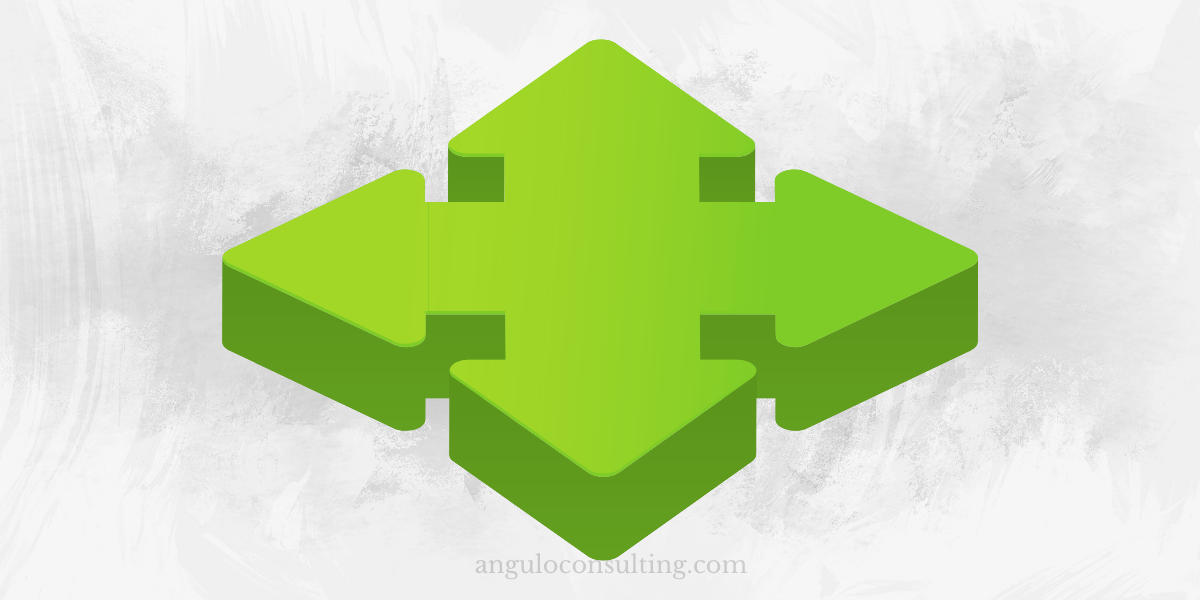
Noise issues are a major problem that must be addressed as soon as possible. You can solve this problem by letting your landscape designer know in advance what noise issues you are having and what kind of landscaping you want at your property. You and your designer will be able to communicate clearly so that things are easier for both of you. It is difficult to do all of this by yourself. Professional landscape designers are highly trained in acoustical control concepts.
There are generally four methods that can be used to sound attenuate, apart from basic environmental barriers. Let’s take a look at these four methods.
1. Sound absorption
Plants and bushes can be used to absorb sound waves effectively. These plants are one of the most effective ways to absorb or entrap sound vibrations. This method is widely used, especially for large-scale applications. All parts of the plant, including the leaves, branches, and twigs, can absorb sound waves and limit their entry into your property. Plant species with many branches, thick fleshy leaves, and thin petioles are able to absorb the most sound. These noise barriers are most effective when you can enjoy the outdoors, and the windows are open. These are just a few of the many advantages that large shrubby trees can provide for scattering sound waves.
2. Sound reflection and deflection
This is where the sound bounces off the recipient and sometimes back at the source. This is determined by the density and rigidity of the barrier. However, your designer can create attractive partitions that will serve as both a fence and sound barrier. Masonry walls are efficient sound barriers. When sound waves strike them, they do not vibrate but reflect the sound back to their source. On the other hand, sound waves striking a flexible panel will cause it to vibrate. This will transform the sound waves into energy and deflect them away.
3. Sound refraction
This is when unwanted sound is dissipated or dispersed by striking through any rough surface. The same effect can be achieved on outdoor surfaces that are covered with plants. The lawn is the best tool for refraction on a plain surface. Your designer should be well-versed in the best ways to use the surface coverings to reduce unwanted sounds from bouncing around your yard and limit their entry to your property. This will make it quieter and more peaceful.
4. White noise
This method is very different from the others and has been widely used in recent times. This barrier is a creative creation for humans. This barrier creates a pleasant sound for humans to listen to and masks undesirable noises. This is used mainly for loud noise fountains. Choose a water feature that makes lots of noise during rush hour. Later in the evening, the city is quieter, so you can reduce the volume. A landscape with absorption, reflection, or deflection solutions can make a small fountain more efficient than you might think.
Professionally trained designers are able to create sound attenuation that is effective. They have the knowledge and skills to use natural resources such as water, trees, shrubs, and bushes and can also be familiar with all types of techniques. Because the source and nature of the noise are variable, efficient efforts must be made to find the best solution.